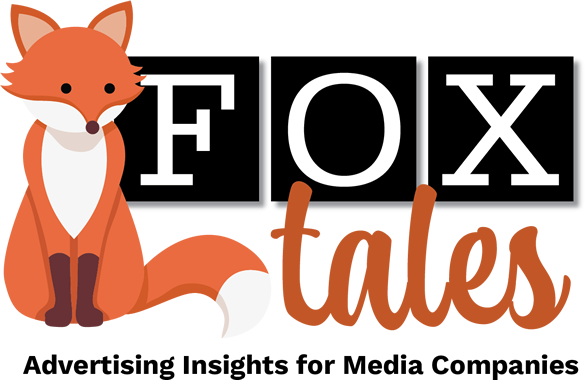By Tony Silber
(This report first appeared in MediaPost)
I’ve written a lot about the power and use of media-company data recently, but I came across yet another example of data’s value this week. The Jericho, New York, B2B publisher Area Development’s advertisers were struggling to prove ROI with their spend. This is a common problem for media companies, and solving it has been a high priority for publishers for at least a decade.
It relates to the old advertising lament: Marketers say they know advertising works 50% of the time — they just don’t know which 50% works.
It’s a funny line, but it’s deadly serious as budgets have tightened, year-long buys have dwindled and marketing directors face major internal pressure to prove ROI. It’s why so much of media has switched to lead-generation and lead nurturing during that same 10-year stretch. For the seller — the media company — proving ROI is the difference between revenue growth or unhappy customers that pull their spend.
There are all kinds of solutions to this challenge out there, some patched together by media tech teams, some offered by fulfillment companies and other offered by software companies, each of which use different techniques to essentially demonstrate the same thing.
Area Development, a company that’s been in business since 1965 and helps expanding companies and their advisors consider new facility locations, knew that readers were engaged with advertiser messaging, but advertisers lacked the kinds of tangible, empirical information they needed to move forward with a client sale.
Area Development’s tech partner, the data-analytics software platform Bombora, started with two core premises. First, the buy cycle in B2B is typically six to 18 months, and it’s usually companies, not individuals, that make purchasing decisions.
So Bombora built a planning and measurement suite that went far beyond traditional click-through rates. Information from the supplier’s publisher co-op helps marketers understand exactly the kinds of companies seeing their ads — and what products and solutions those companies are planning to buy.
“Our advertisers know and trust our audience,” Area Development Digital Media Manager Justin Shea said. “But they weren’t always able to understand the ROI on their ad spend, or do anything tangible with the results.”
So Area Development created a dashboard layering Bombora’s data over its own first-party data, and subsequently was able to provide advertisers a more granular view of who’s seeing their ads. “Recently we shared a lead with a customer that led to a significant economic-development project,” Shea said. “It created hundreds of new jobs and generated millions of dollars in investment. It’s pretty cool that the initial lead for that project was generated using the new dashboard’s insights.”
Area Development can now easily tell advertisers not just how many companies saw their ad, but also the kinds of companies, and from which industries. For example, the dashboard may show that 79% of companies reached by an ad have fewer than 500 employees — or that a third of the companies reached are in either manufacturing or business services. And it can show exactly which companies showed the most interest — and therefore be most interested in a major purchase. Finally, it also tells them exactly which products or services are of greatest interest to each company — telling their salespeople exactly where to focus.
“Publishers need to be able to show brands and agencies the value of advertising on their sites,” Bombora CEO Erik Matlick said. “We created the Planning and Measurement Suite to enable publishers to give marketers a much richer level of detail — so marketers will know how well their campaigns are working, and how they might tweak them.”
